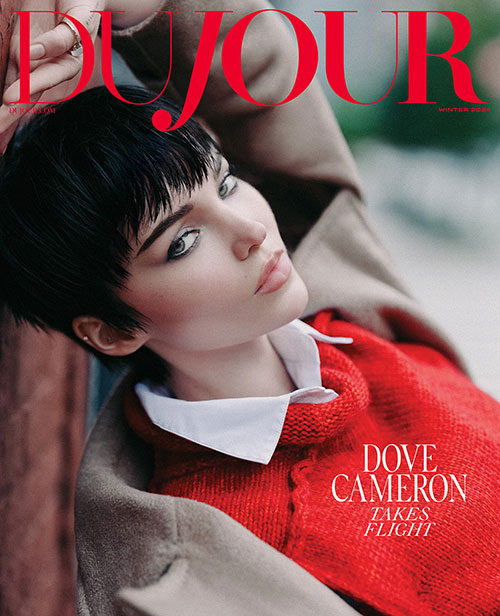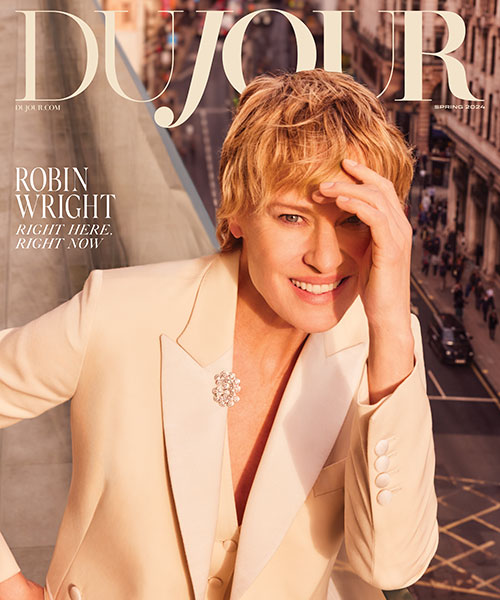The Perfect Guest - Gallery
At once glamorous and sporty, C.Z. Guest was a true original. Now, a new book on her style hits the shelves.
Written by Jeffrey Podolsky
C.Z. Guest and her son, Alexander, at the Grecian temple pool at Villa Artemis in Palm Beach in 1955






